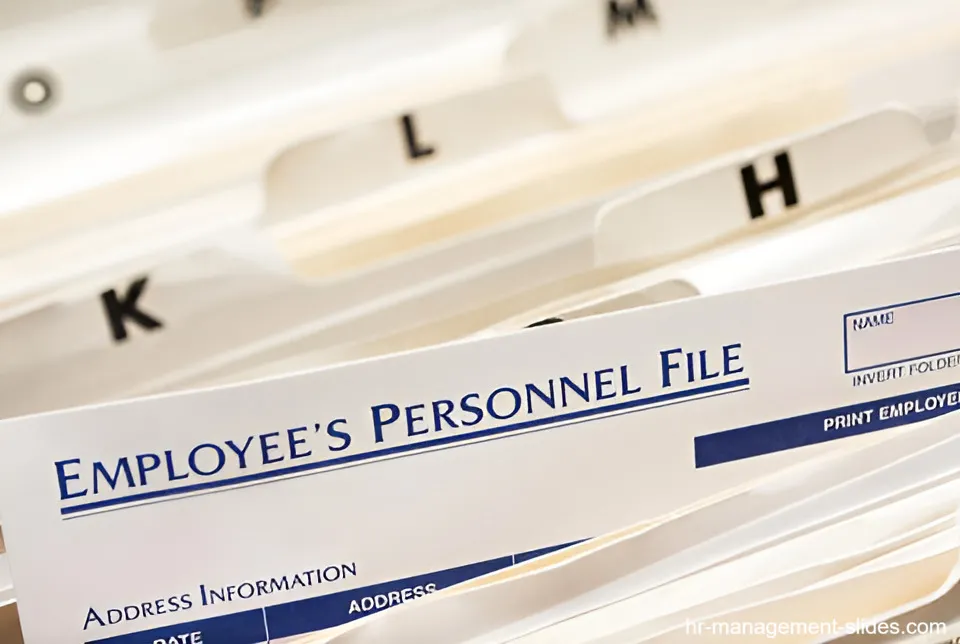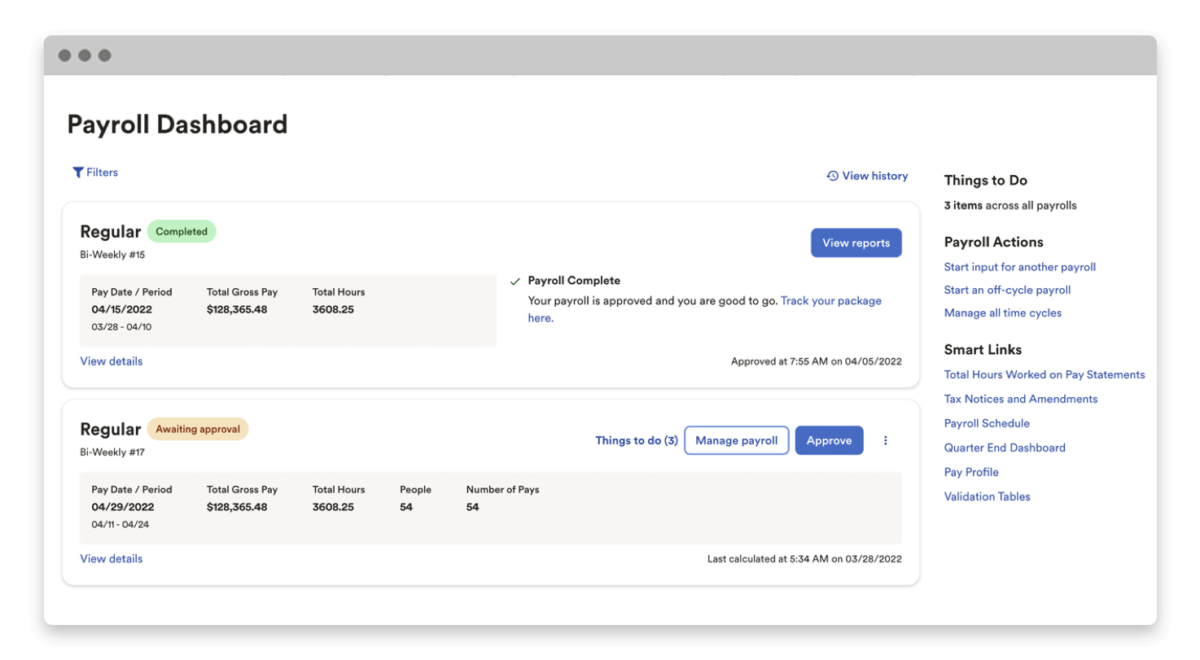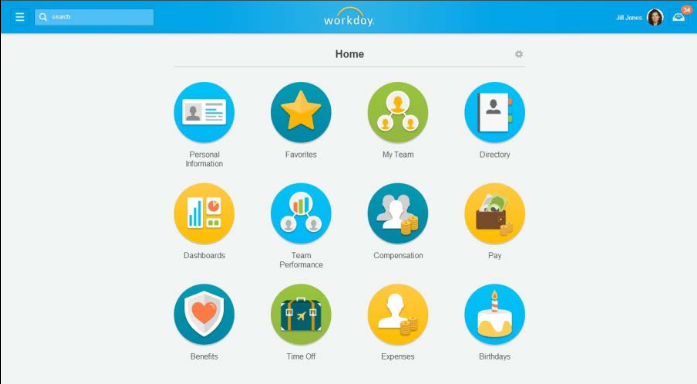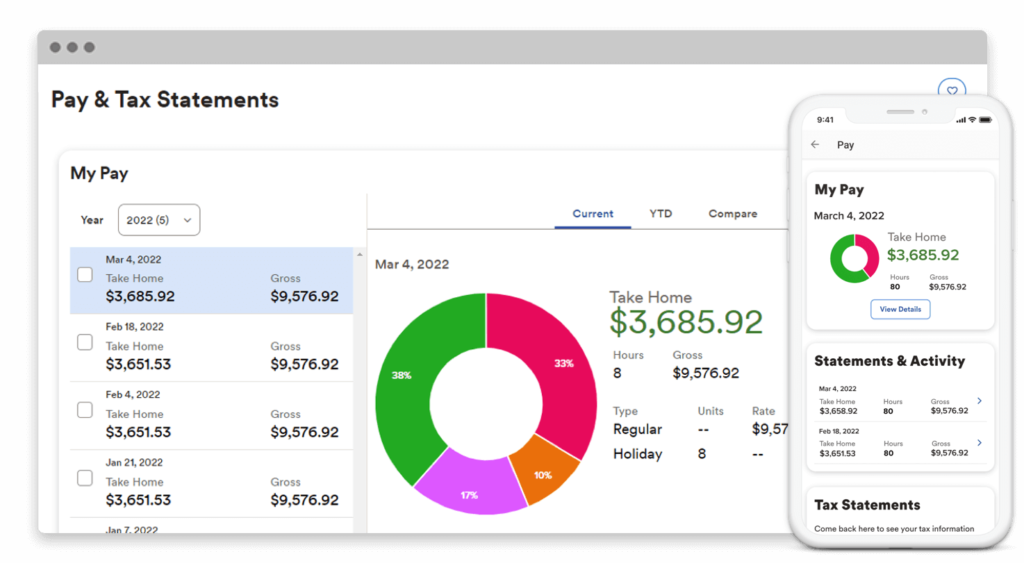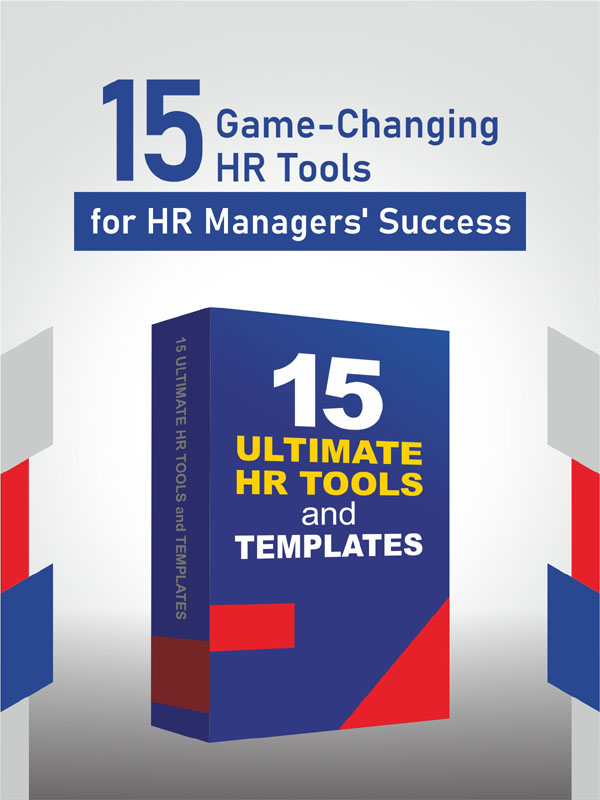Managing employee records efficiently is crucial for any organization. An employee personnel file template helps HR departments keep essential documents organized, ensuring compliance with labor laws and company policies.
A well structured file system simplifies audits, performance tracking, and legal documentation, making it an indispensable tool for HR professionals.
Without a standardized approach, businesses risk losing critical records, leading to potential legal and operational challenges.
Understanding Employee Personnel Files
An employee personnel file is a collection of documents that record an employee’s history within a company.
These records include personal information, job applications, tax forms, performance reviews, and disciplinary actions.
Keeping these files well organized is essential for legal compliance, audits, and employee management. A structured system using an employee personnel file template ensures all necessary documents are collected and maintained properly.
Each employee file typically consists of multiple sections to categorize information effectively. Personal details, employment history, payroll documents, and disciplinary records should be kept in clearly labeled folders or digital sections.
Employers must ensure that these documents are stored securely to protect employee privacy and comply with data protection laws.
Properly maintained personnel files also help in tracking an employee’s progress, providing valuable insights for promotions and career development.
Ready to Use Employee Personnel File Checklist Template
Below is a sample checklist template that HR professionals can use to structure employee personnel files effectively:
| Category | Document Type | Required/Optional |
| Personal Information | Employee ID, Contact Details, Emergency Contacts | Required |
| Employment Documents | Offer Letter, Contract, Job Description | Required |
| Payroll & Tax Forms | W-4 Form, Direct Deposit Form, Salary Records | Required |
| Performance Records | Performance Reviews, Training Certificates | Optional |
| Attendance & Leave | Attendance Sheets, Leave Applications | Optional |
| Disciplinary Records | Warning Letters, Termination Notice | Optional |
| Health & Safety | Medical Records, Workplace Safety Training | Optional |
This checklist ensures HR professionals collect and maintain all vital employee information efficiently. It also simplifies audits and performance tracking.
Employers should periodically review these records to ensure accuracy and completeness, updating documents as needed.


Maintaining a digital backup of these files can also help in disaster recovery planning, ensuring critical employee information is not lost due to unforeseen circumstances.
Read more: HR Confidentiality Agreement Template, A Must Have for Businesses
What is the Best Software for Creating It?
To create and manage an employee personnel file template, you can use various software tools, including:
- Microsoft Word: Ideal for creating structured documents with clear sections and formatting.
- Microsoft Excel: Useful for tracking and organizing multiple employee records in a spreadsheet format.
- PowerPoint or Canva: If you need a more visually appealing and engaging file system, these tools offer customizable templates with professional designs.
- HR Management Software: Platforms like BambooHR, Workday, and Zoho People provide automated personnel file management, reducing paperwork and enhancing efficiency.
For businesses looking for a digital approach, HR software offers built in compliance checks, secure storage, and easy retrieval of records.
This not only ensures data integrity but also makes audits and HR reporting more seamless. Additionally, cloud based HR systems allow remote access, making it easier for HR teams to manage employee records from anywhere securely.
In case you need an Employee Self Service Tools, we also provide information about that.
Benefits of Employee File Checklist and Its Function
- Ensures Compliance – Helps companies meet legal and regulatory requirements by maintaining complete and up-to-date records. Employers must retain specific records for a set period to comply with labor laws.
- Enhances Organization – Reduces clutter and confusion by standardizing document storage and retrieval. A well-structured system ensures that documents can be found quickly when needed.
- Improves HR Efficiency – Streamlines onboarding, payroll, and performance management, saving time and resources. HR teams can focus on strategic initiatives rather than administrative tasks.
- Reduces Legal Risks – Having properly documented records can serve as evidence in disputes, ensuring that all employment decisions are well-supported.
- Enhances Employee Experience – Employees benefit from clear documentation regarding their roles, compensation, and performance expectations, leading to better workplace transparency.
- Facilitates Internal Audits – An organized personnel file system makes it easier for HR departments to conduct internal audits, ensuring policies are followed correctly and identifying potential areas of improvement.
- Supports Workforce Planning – By analyzing employee records, HR professionals can identify trends, skill gaps, and areas for training, helping with long-term workforce planning and decision-making.
By implementing a comprehensive employee personnel file template, businesses can avoid administrative bottlenecks and ensure a smooth HR workflow.
Proper personnel file management also fosters trust and accountability within the organization, reinforcing a culture of compliance and efficiency.
Want to improve your HR management strategies? Visit hr-managements-slides.com for more insights and download free HR templates to streamline your HR operations.
